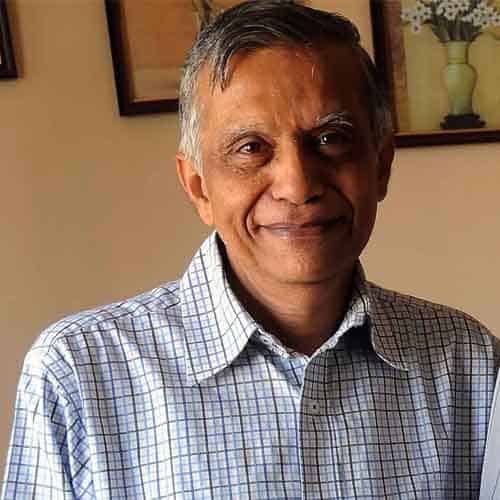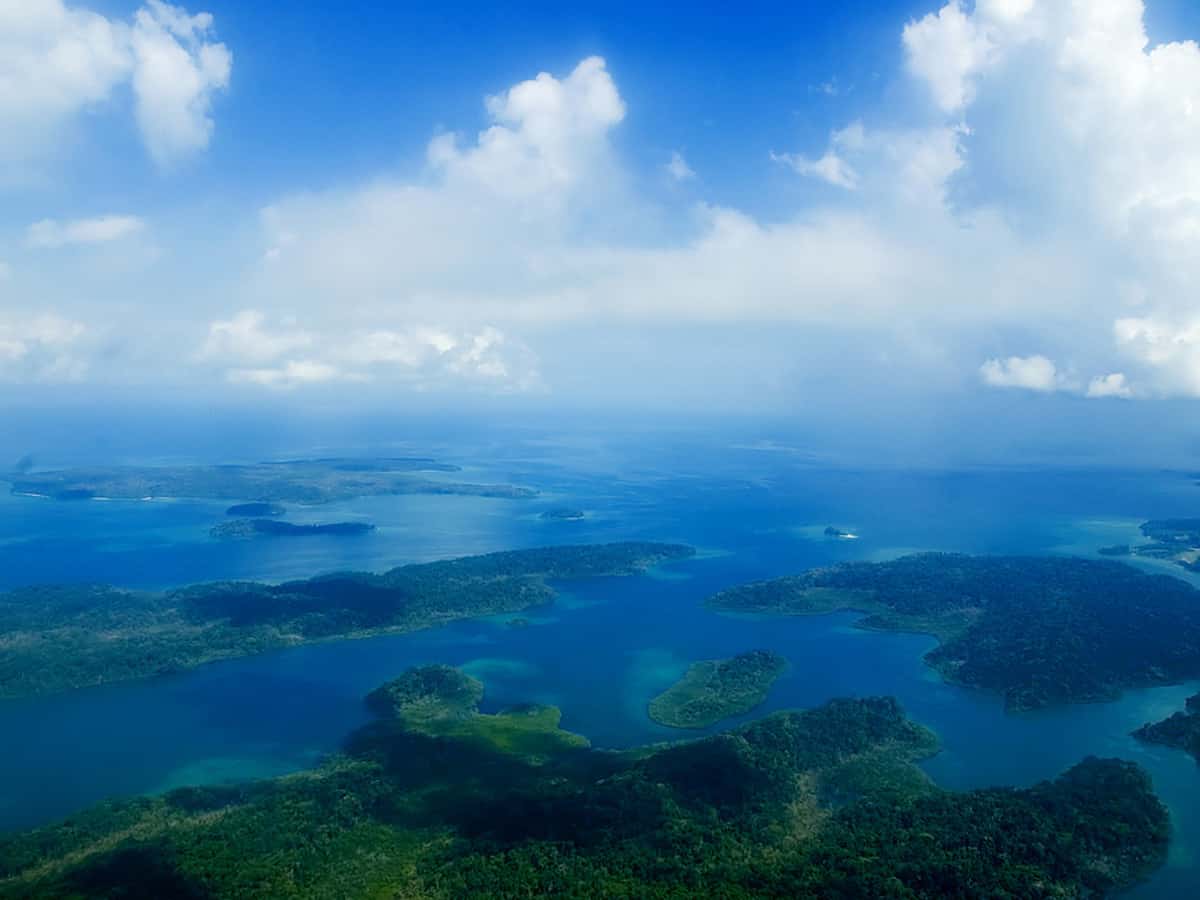
The phone on my desk at The Hindu rang. It was Chirala Rama Rao, our Visakhapatnam staffer, calling my boss. Putting the call on hold, Rajendra Prasad turned to me and asked ‘the Defence Minister (PV Narasimha Rao) will be in the Andamans to inaugurate a facility of the Indian Navy. Will you handle it?’ With great effort, I restrained from screaming ‘yay’ and dancing on the desk. We at The Hindu were trained to look cool and unemotional like Jeeves. I was not surprised by the choice for the trip because I was known as the go-to man for any outstation or special assignment.
Visakhapatnam-based Southern Naval Command planned to take only the local correspondents. Rama Rao, who was on leave, suggested that someone from Hyderabad bureau stand in for him. I did.
On reaching Visakhapatnam, I was informed that the function was cancelled but the trip would go on as scheduled. Wow. That meant, ‘No reporting; only fun under the sun.’
The press party of 8 to10 flew into Port Blair by an IAF plane and almost immediately further on to Car Nicobar for a thrilling experience that I would story-tell my grandkids decades later. We got on board warship INS Cheetah, newly added to the naval fleet, for an overnight trip to Campbell Bay and other places in the group of islands known as Andaman & Nicobar (A & N). The honeymoon with Cheetah lasted four unforgettable days—from April16 to 20 in 1985.
Time just flew by as we relaxed on the deck, drinking in the beauty of the starlit sky as the warship cruised gently over the calm sea. Our sight-seeing included the famous cellular jail at Port Blair, the Penguin Point (now renamed after Indira Gandhi), stilted houses of the Nicobarese, Anthropological, Forest, National and marine museums, the Ross Island plus screening of a documentary ‘Man in search of Man’ about the rapidly dwindling population of native tribes the Sentinelese, the Onges, Great Andamanese, the Jarawas and attempts to help them survive.
We as children are taught Kanyakumari to be the southernmost part of the country, but the Indira Gandhi point in the Great Nicobar island, represented by a light house, is the southernmost tip of the country, although it is not part of the main land. It is only 146.5 km away from Sumatra (Indonesia) while Landfall Islands in the same island, is just 190 km off Burma (Myanmar).
Now, a little about the A & N islands from my write-up in Frontline (Oct-Nov 1985). A mere dot on the world map, they constitute a loose group of 320 big islands in the Bay of Bengal, only 30 being inhabited. The Andaman and Nicobar groups are separated by the dangerous Ten Degree Channel, 145 km wide and 400 fathoms deep. The A & N islands host India’s only two volcanoes. Forty years ago, the Great Nicobar Island recorded nearly 24 tremors within four hours.
Interestingly, no dangerous animals live in the area although forests account for 86 per cent of the Union Territory. The giant robber crab, found in the South Sentinel Island, is a fascinating crustacean. It is known to scale coconut palm, pluck the fruit, smash the shell, drink the sap, eat the kernel and to sneak back cleverly into the forests by day break.
The Great Andamanese, Jarawas, Onges and the Sentinelese have Negrito features while the Shompens and Nicobarese belong to the Mongoloid stock. The aborigine Andaman tribes face serious threat of extinction. The fiercely independent Jarawas are being gradually befriended by the authorities but the dangerous Sentinelese of the North Sentinel islands fight off any attempts at interaction with deadly arrows or spears. Helicopters which overflew the area returned to the base their body riddled with spears and arrows!
Now about Rani Lachmi, the aged queen of Holchos (local names for Nicobarese). She was no ordinary notional queen. Visiting VIPs would pay respects while the ‘subjects’ hold her in high esteem and follow her advice. How did this ordinary looking woman in a simple house become a ‘Rani?’
During the First World War, some German ships attempted to land on the island, but her mother, Islon, planted the Union Jack on the shore and drove back the Germans. The grateful British conferred the title ‘Rani’ on her. The title became hereditary. Interestingly, Rani Lachmi was a Muslim. Her successor, Rani Fathima, lost her ‘palace and empire’ when Tsunami struck the island in 2005 and she along with the royal family were moved to Port Blair.
Post script: What was an extremely enjoyable trip was marred by complete absence of grace and etiquette among some of the reporters. These gentlemen drank as if there were no tomorrow and indulged in absolute drivel. Sample this. No less an officer than the Flag Officer Commanding-in-Chief of the Southern Naval Command, Vice Admiral JG Nadkarni, was present when a reporter addressed him ‘arrey Nadkarni’ to know why ‘you people do not develop Andamans as a tourist centre?’
The man, who went on to become the Chief of Navy, sensing that the questioner was ‘off the rocker’, laughed away the suggestion.
Dasu Kesava Rao is a seasoned journalist who has worked, among several newspapers, with The Hindu and served as its Bureau Chief in Hyderabad.

